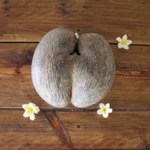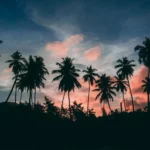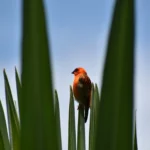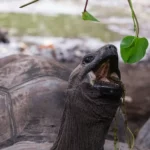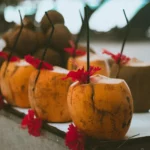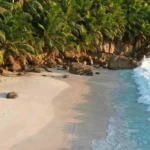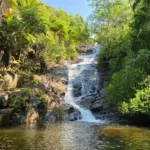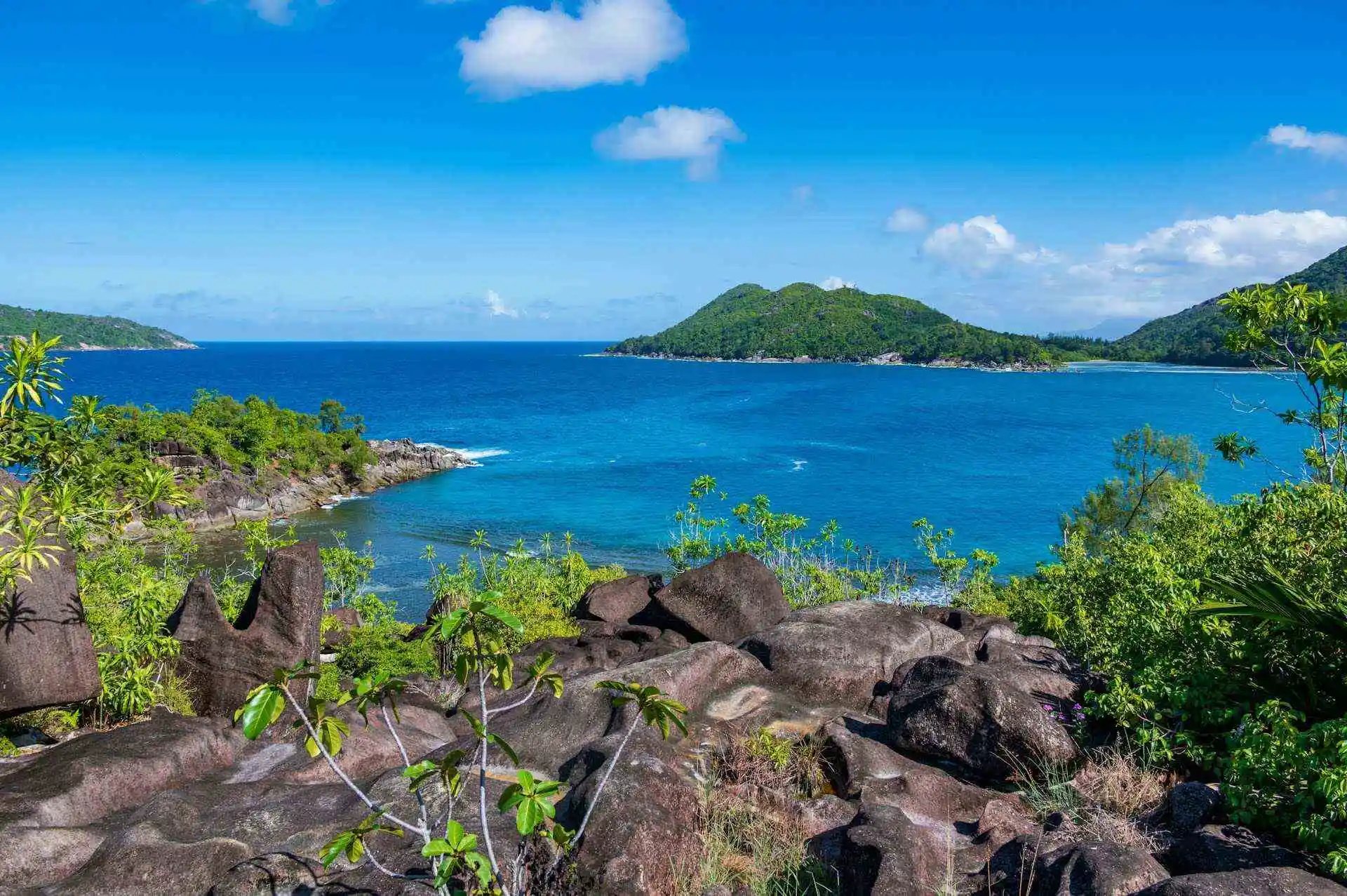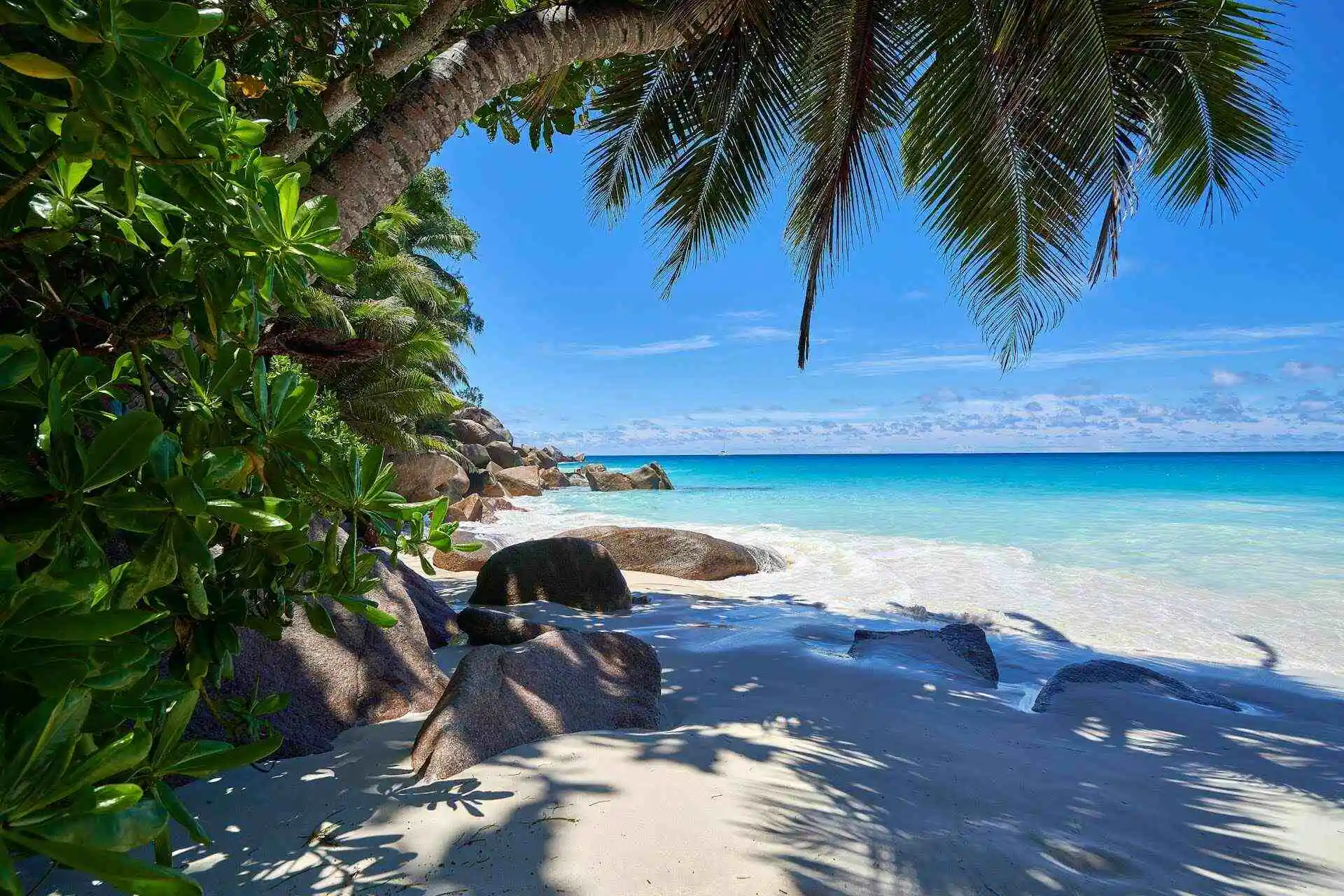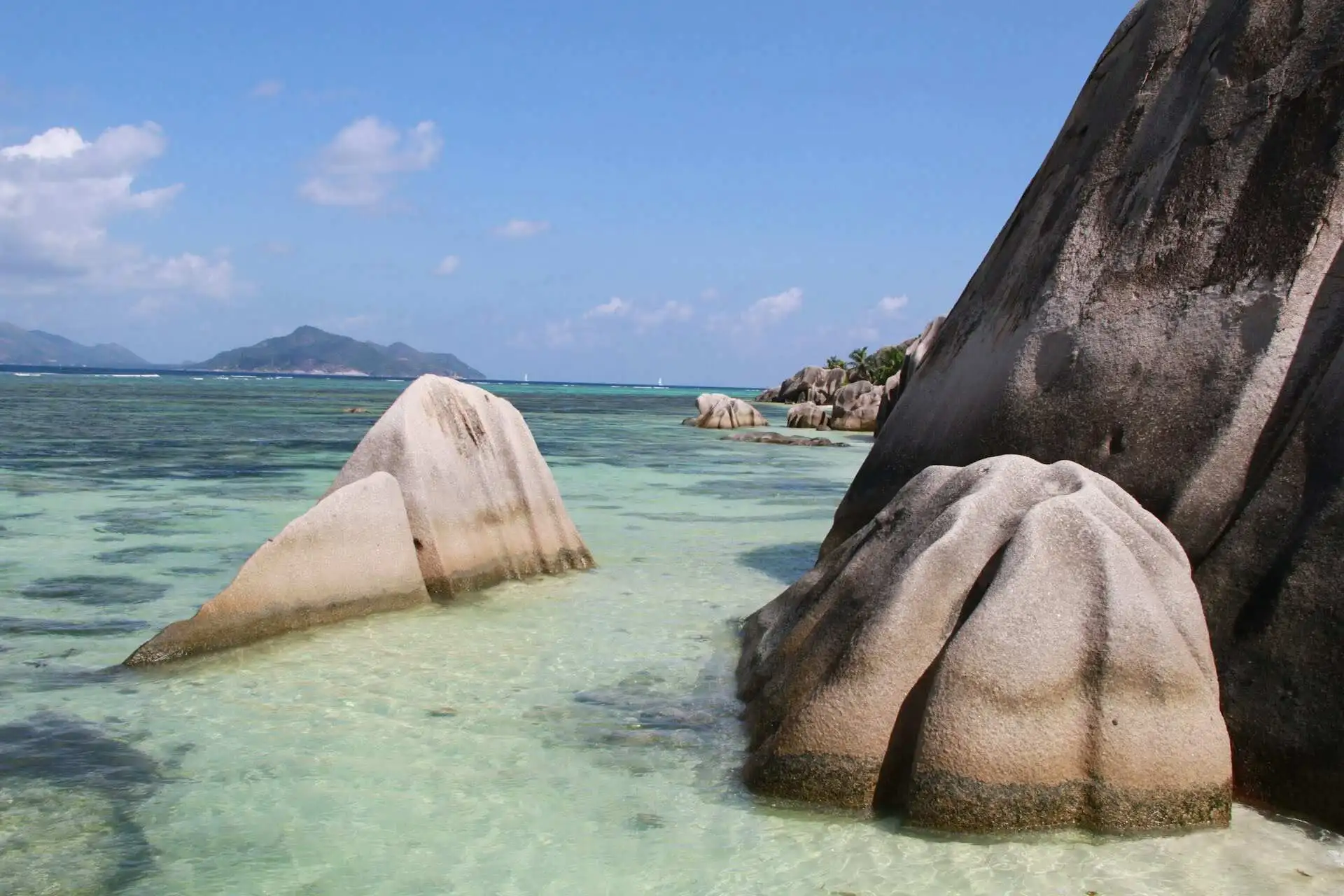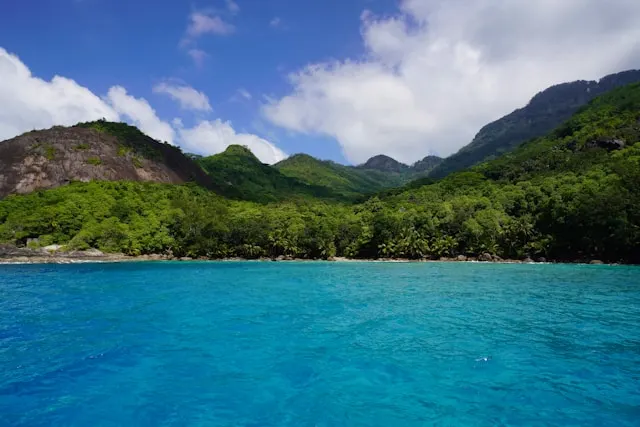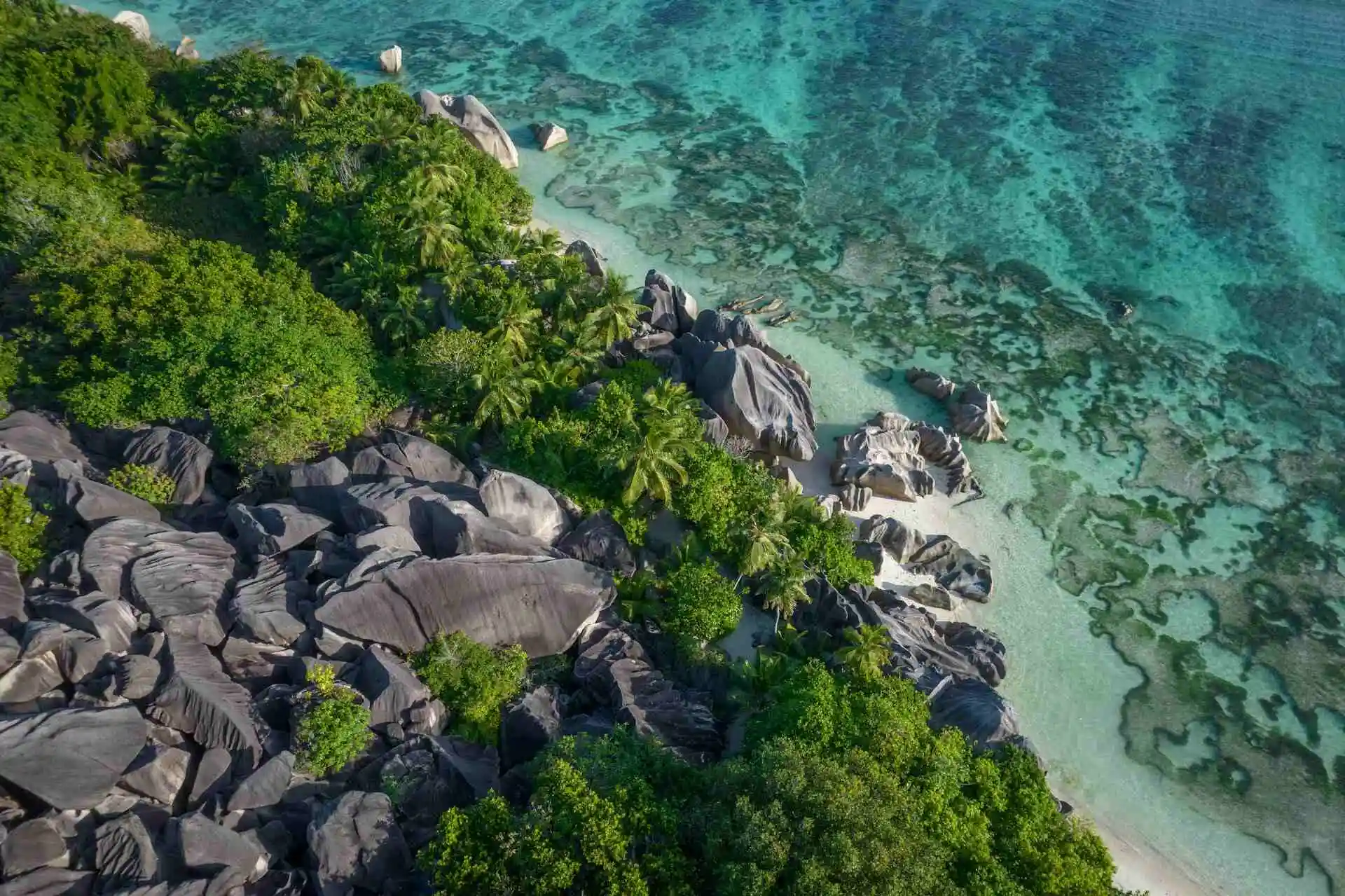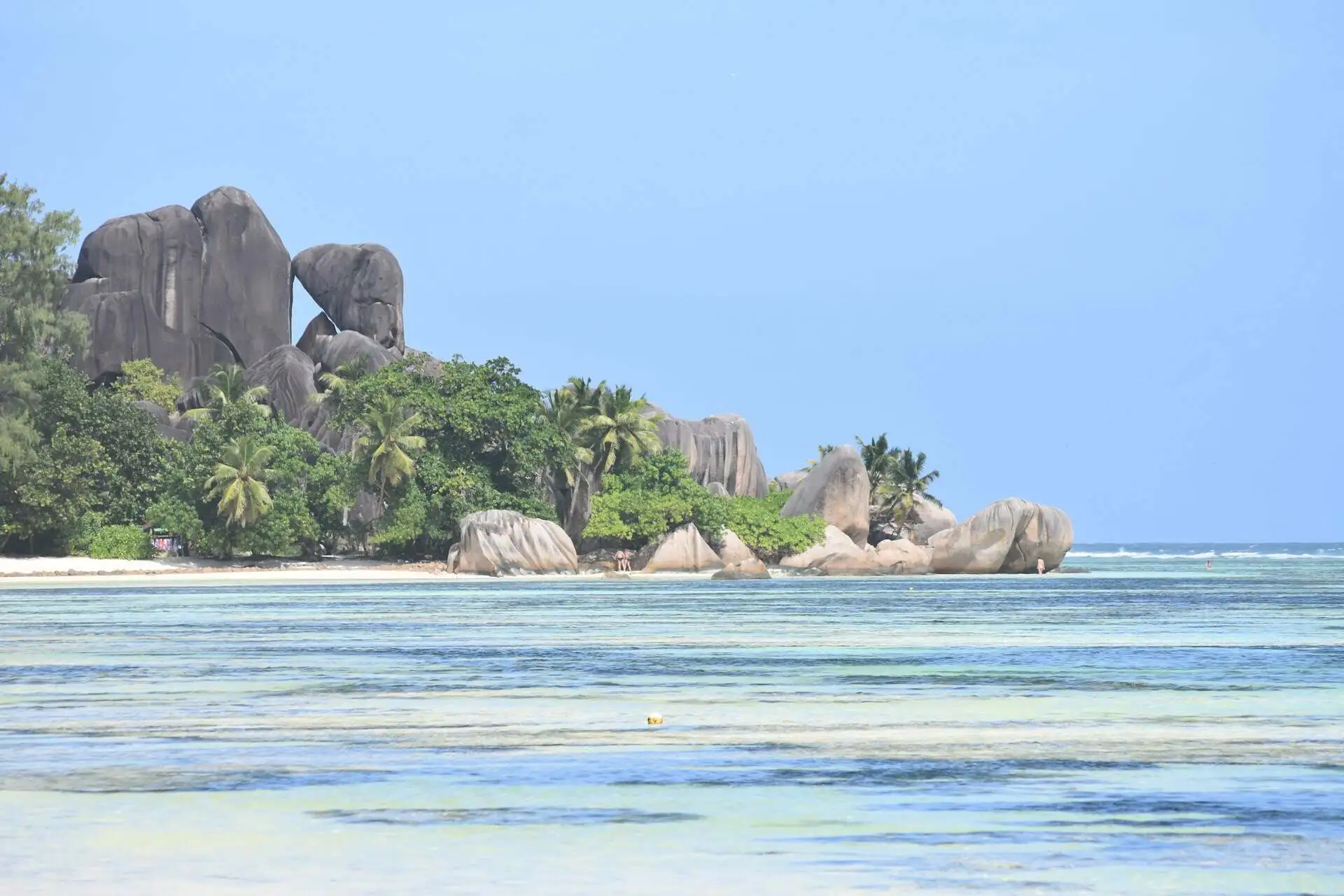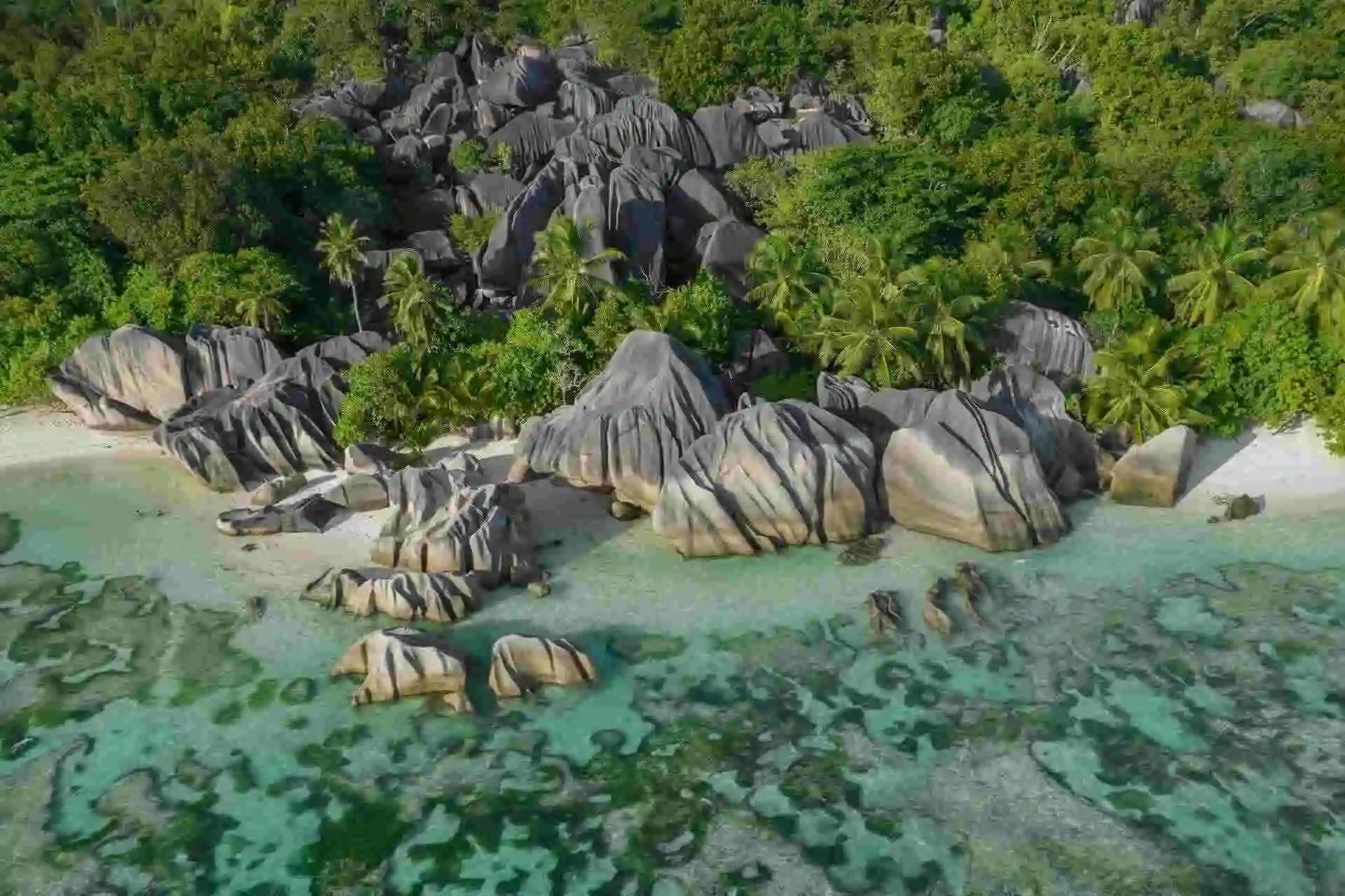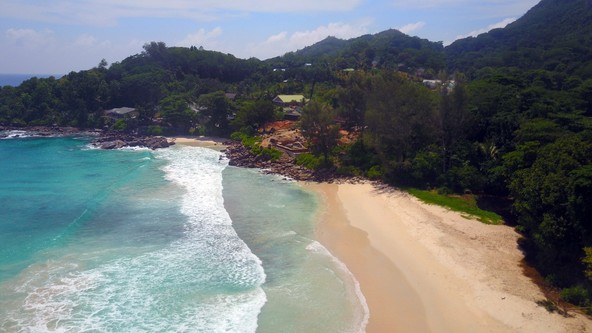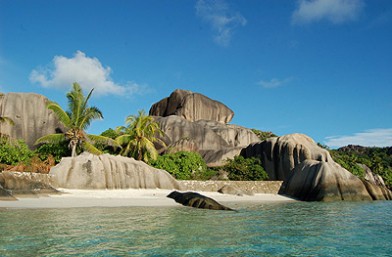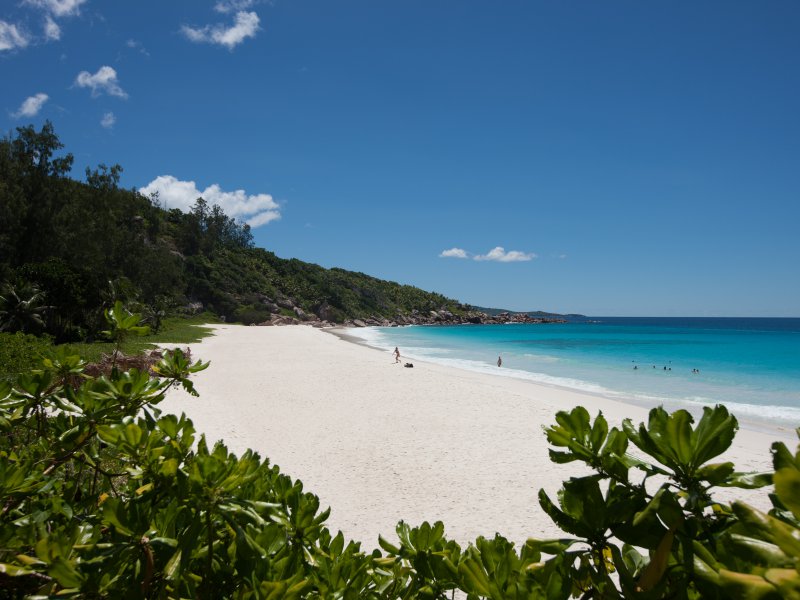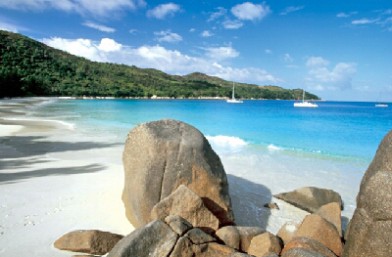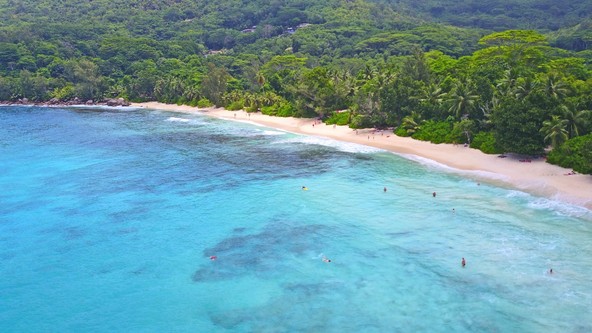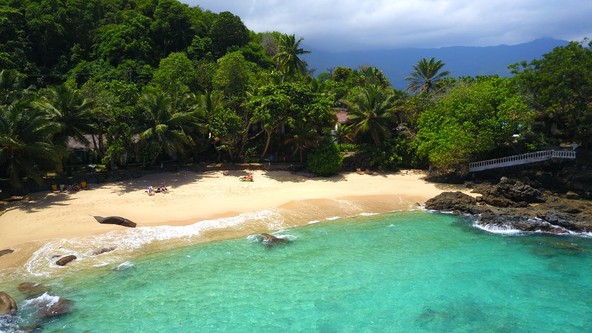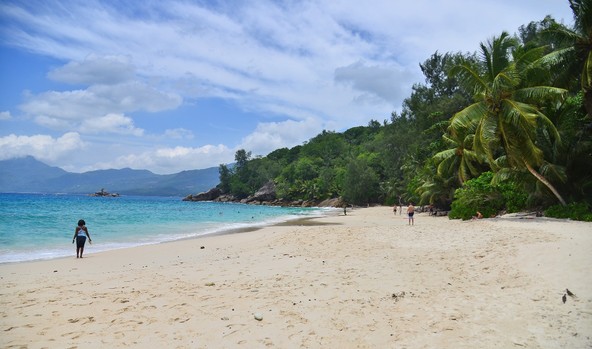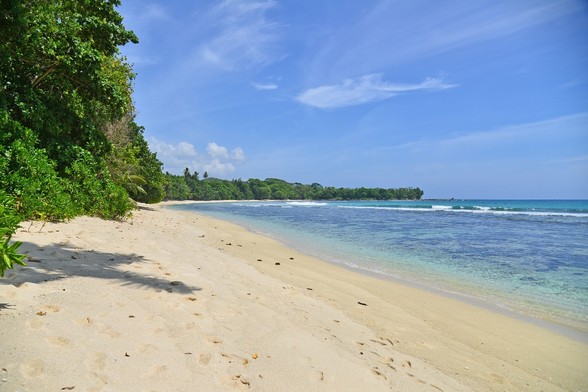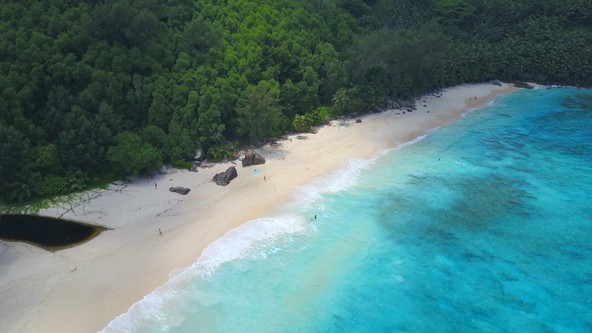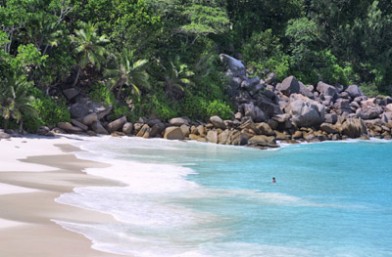The Seychelles, a series of marvelous islands spread like emeralds in the Indian Ocean, boasts an unusual national fruit called Coco de Mer. This interesting palm tree fruit is important to these islands culturally and ecologically and has held imaginations captive for centuries with its enormous size, suggestive appearance and hidden history.
In this article we will explore the story of the Coco de Mer and its historical background, biological wonders and why it is named as the national fruit of Seychelles.
A Fruit of Mystery : Early Encounters with the Coco de Mer
The Coco de Mer has an interesting history as well as appearance. Long before the official discovery of Seychelles in 18th century empty shells of these gigantic fruits ended up on distant shores creating bewilderment out there.
It was believed that these floating coconuts without their green husk came from mythological trees underwater. Legends sprang up indicating they were grown in a mythical island that had big sea serpents shielding it. These tales portrayed them as aphrodisiacs and had a peach like appearance.
Nevertheless, no one could identify where it came from until Lazare Picault visited Seychelles in 1743. Eventually he found out about these mysterious fruits – The coco de mer palm which only grows on Praslin and Curieuse Islands. This not only demystified their origin but also revealed some astonishing biological facts about them.
A Botanical Marvel : Unveiling the Secrets of the Coco de Mer
Truly, coco-de-mer is one of nature’s miracles. It is monotypic making it be one species in its genus Lodoicea. They can grow to heights ranging around 30 meters high. It has fan-shaped leaves several meters long while growing very gradually, sometimes taking even 100 years for full maturation.
However, it is definitely most attractive when bearing fruits. The seed produced by the coco de mer is the largest in size among all other plants. At times, these double coconuts as there are also referred to can have a diameter of up to 40-50 centimeters and weigh approximately 15-30 kilograms. The fruit takes an incredible 6-10 years to mature, with the hard, double-lobed nut encased in a thick, fibrous husk. While edible, its kernel has no significant commercial value.
The Coco de Mer’s reproductive cycle is intriguing too. Male and female trees produce separate flowers. Males will be long spikes like catkins while females are the largest flowers among all palm species. Wind and possibly specific beetles are believed to help in pollination.
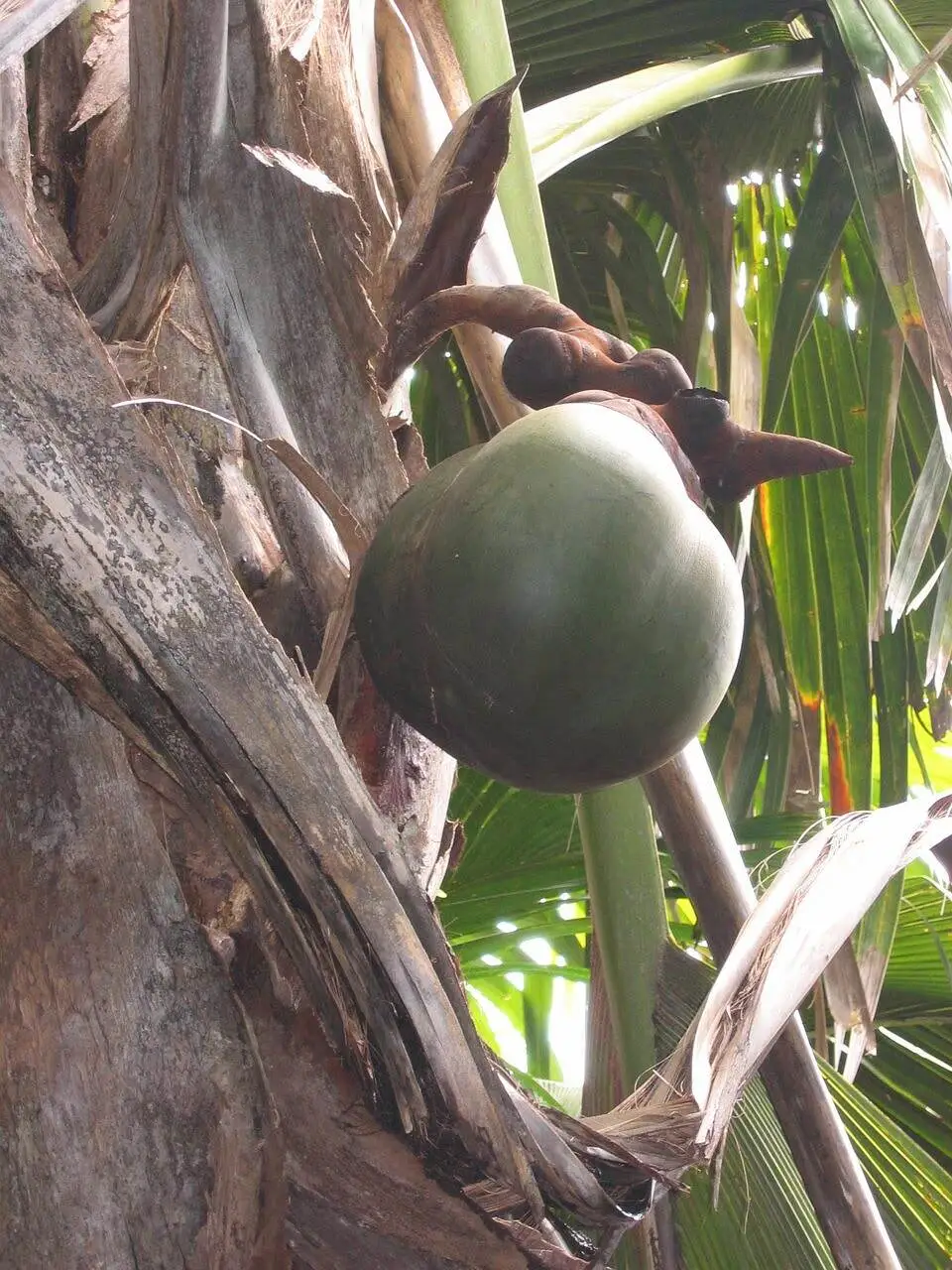
A Symbol of National Pride : Why the Coco de Mer is the Seychelles’ National Fruit
Because of its exceptional size, rarity and historical importance, Coco de mer has become a natural symbol of national pride for Seychelles. This unique fruit embodies everything that makes up these islands – captivating beauty, historic events, and rich biodiversity.
Endemism
The Coco de Mer is found only in the Seychelles, particularly on Praslin and Curieuse islands. This endemism means that it does not exist anywhere else in the world representing biodiversity uniqueness of the archipelago. The fruit therefore symbolizes irreplaceable natural heritage of the Seychelles.
Cultural Significance
For centuries, locals have integrated the Coco de Mer into their folklore and traditions. Among other things, these empty shells were used as bowls, cups, and religious artifacts by residents. In addition to this, legends have sprouted around its resemblance to suggestive shape which has since fuelled an illegal trade for colonial period aphrodisiac claims.
Economic Importance
Although its commercial worth is limited; the fruit plays a significant role in the tourism industry of Seychelles. Tourists come to Praslin Island to see these trees at Vallée de Mai Nature Reserve, which has been declared a World Heritage site under UNESCO. Tickets sold for visiting this reserve and seeing Coco de Mer contribute towards conservation efforts as well as local income generation.
Future Conservation Efforts
The rare status of Coco de Mer necessitates rigorous conservation measures. These iconic trees have been threatened by slow growth rate combined with past exploitation. Coco de Mer fruits harvesting, and sale is subject to strict regulations imposed by government of Seychelles. Commercial use requires permits while illegal poaching is prevented through stringent monitoring system put in place.
Habitat Protection
Vallée De Mai Nature Reserve serves as a sanctuary for them preserving practices of responsible tourism and sustainability. A pristine forest forms part of this UNESCO World Heritage Site where they naturally grow best.
Stiff management plans are enforced inside each reserve ridding itself invasive species, fire break out prevention also ensuring optimal conditions for growth which favor coco der mer among other flora species that are indigenous.
Community Engagement
There is active community involvement in conservation efforts. Educational programs aimed at creating an awareness of the value of Coco de Mer and its threats exist. Moreover, local communities generate invaluable data to help conservationists through monitoring activities.
International Collaboration
In order to have expertise and methods to conserve Coco de Mer, the islands have collaborated with the IUCN (International Union for the Conservation of Nature) and other such organisations. Through this interdisciplinary approach, best practices are put to use, and wisdom is shared by countries that face alike challenges.
Scientific Research
To grasp a deeper understanding about the threats to the fruit and its complex life cycles, scientific research continues to resolve these mysteries. Studies and surveys on ecology of pollination, germination of seed and changes in climate are in progress, to enhance effective strategies for prevention.
The national fruit of Seychelles, Coco de Mer is more than just a botanical wonder. It also represents national pride and shows off island biodiversity while reminding us about how interconnected we are with nature. The ongoing conservation efforts indicate that protecting this captivating treasure for future generations remains a priority for the Seychelles.
Thus, as it has been doing so far since time immemorial through dedication and collaborative efforts, coco-de-mer will continue to grace the islands with its enigmatic presence by capturing imagination of people and stirring up wonderment for centuries to come.

